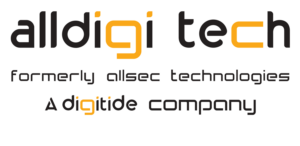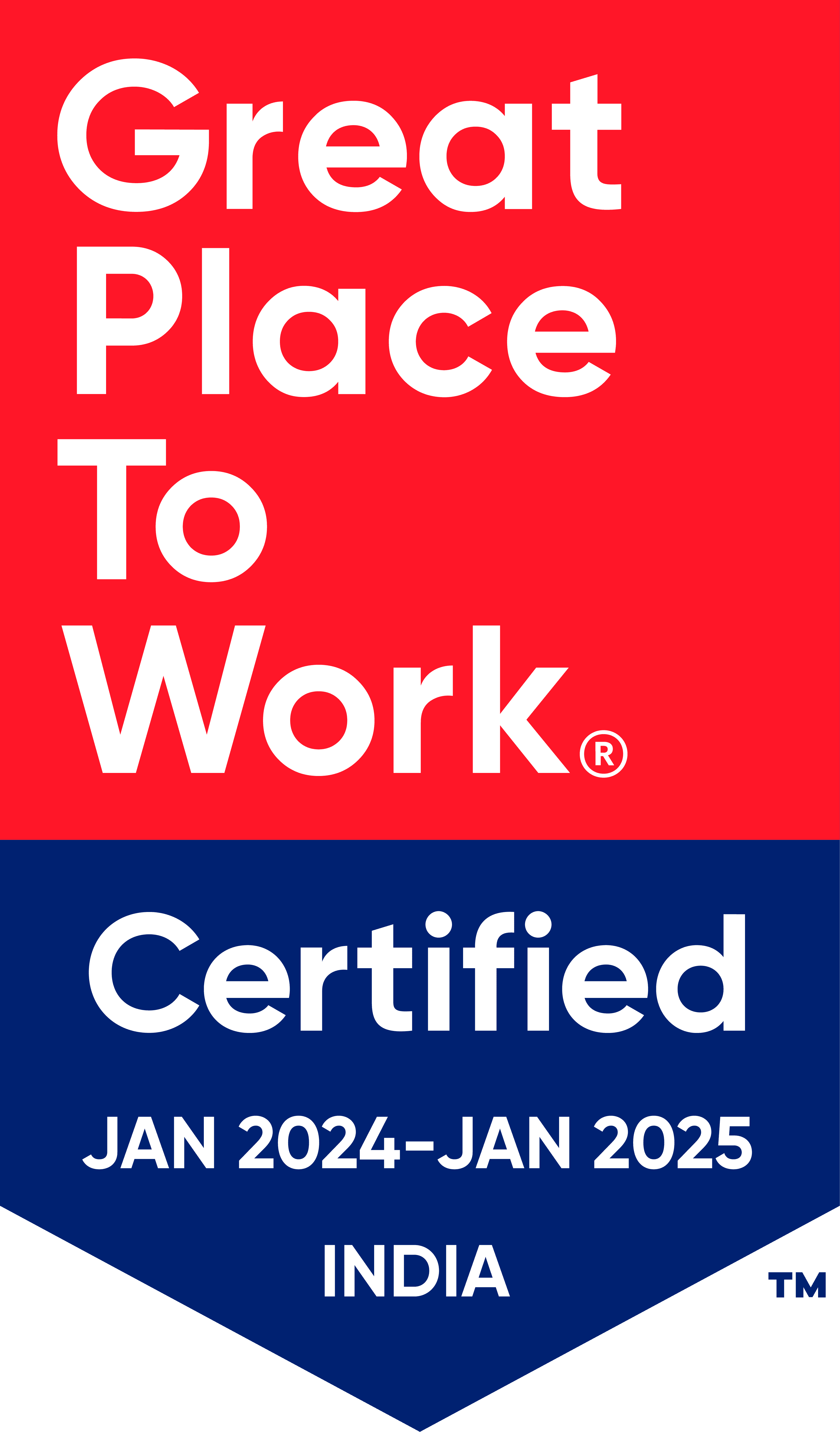
Automated Reimbursement Systems can simplify HR
Changing organizational trends show that 4 out of 5 employees would prefer benefits or perks to a salary raise. Typically, employees prefer more paid-time off, health benefits and office perks. Especially with the startup and freelancing culture expanding around the globe, there is a shift towards providing the right cocktail of benefits to keep employees happy.
Turning in a bill and waiting for a check
Traditionally, billing and payroll cycles are set in stone, leading to long wait times for employees seeking reimbursement. When an employee has to travel out of state, his expenses may only be reimbursed much later, depending on company policies. This puts him at a disadvantage, and it also allows paperwork to pile up, opening the door to human error.
Challenges in expense management
Medical bills, hosted business lunches, team gatherings – all of these are plausible activities involving reimbursements.
Lack of clarity when understanding the expense habits of employees puts the organization in a tight spot. If you don’t account for the meal expenses of a travelling sales rep, you’ve instantly lowered the opportunities they will seize, thus driving down your bottom line.
Additionally, lack of standardized claims processes within most companies leads to stacked paperwork and stressed HR employees. The trouble begins when you try to compare, for example, a medical bill to a restaurant bill. There’s not much in common, in terms of line items or even format. This means that each bill is manually processed in-house by a HR personnel, cross-referenced to allowances and perks on a digital platform, and then filed with the relevant accounting team.
Automating reimbursements
Technology has advanced in leaps and bounds, making it easy to stay connected on the go. Organizations can define a standard approach to recording and managing perks, to overcome any hurdles in handling different types.
In the previous example, when the travelling employee returns with an unfortunate stomach bug from his trip, he would have to visit a doctor and turn in his medical bills for reimbursement (if he is covered). Instead of submitting individual claims forms on separate occasions, he should be able to just upload his bills to the digital system that tracks all employee data. The solution ought to synchronise both sides of the equation simplifying the upload/application and the review processes.
Advanced payroll systems have the ability to maximize connectivity within data systems and employees. Using OCR, scanned documents can easily be converted into claims forms that can be assigned to HR personnel for review. Once the review process is completed, these systems can dip into the employee database to validate their perks and benefits. This uninterrupted workflow can efficiently move from one role based user to another, reducing handshake and process time – keeping employees happy.
Such systems also have in-built features that can allow you to generate deep-dive reports based. The findings can then be used to reevaluate your organization’s approach to providing benefits while maximizing revenue.
The final word
Employee satisfaction runs high in organizations that encourage holistic development. Sometimes this can include travel allowances or a simple gym membership. While providing these benefits can earn you favor with your employees, creating a long-winding claims process can quickly diminish goodwill.
You must ensure that your employees are satisfied by providing efficient results powered by technologically advanced solutions.


